Arbeit Macht Frei
KRAKOW/AUSCHWITZ-BIRKENAU/WARSAW, POLAND: August 22-25
Steve: Arbeit macht frei…”work makes you free.” The words
adorning the entrance to the site of one of humanity’s lowest points,
Auschwitz. I could use this as a lead in to part of the reason Leah and I took
this trip: as Americans we have some of the toughest work schedules that often
stifles time for creativity, exploration and travel. However we are still lucky
and privileged to be the citizens we are—in fact I liked my job—and to dwell on
this in light of our visit to Auschwitz and the nearby camp of Birkenau would
be in itself an affront to the millions who suffered during the Holocaust.
Unlike the hundreds of thousands who saw that sign during the 1940’s (some of
whom may have believed it) we were merely visitors viewing tragedy from the
vantage point of the future, able to pass through the quiet hallowed grounds,
imagine the unimaginable, and just as easily leave. A visit to this place will
always stick with you; it will forever be the first thing we think of when we
recall our trip to Poland.
I should really back up and talk about the rest of our visit
before delving into Auschwitz-Birkenau since this EU country is the first time
we truly felt like we were in Europe. Leaving on an overnight bus from Lviv we
happened upon a group of six or seven Poles who were returning from a hiking
trip in southern Ukraine. They were quite friendly and spoke fluent English so
they were able to give us the lowdown on any questions we had about our
upcoming border crossing. We knew right away that things were taking a drastic
turn from the difficulties we had communicating and travelling in Ukraine.
Indeed the border crossing was ridiculously easy—just sat on the bus as they
processed our passports. The only snafu was that our bus, which seemed nice
enough, decided that it didn’t want to move anymore around 3 A.M. So we had to
half-sleep in our not-quite-sleeping-friendly seats until a replacement rescued
us around 6 A.M. We still made it to Krakow in one piece and despite our
weariness were immediately enthralled.
Due to our Schengen visa time restraints we only had several
days allotted for Poland and I’m deeply disappointed we didn’t have more time. I
can honestly say that Krakow is one of the most beautiful and interesting
cities we have yet to come across (Leah:
I second that). A city steeped in history—both tragic and wonderful—with a well
tended old town and revamped Jewish quarter, Krakow was generally untouched
from WWII unlike its big sister, Warsaw. It is easily walkable and around every
corner there is something to see, be it an antique church, castle, or the site
of some piece of world history. During our visit we stayed at the Good ByeLenin Hostel (going
with quite the Soviet theme, yes we know!) which was situated in a prime
location within Kazimierz, Krakow’s historic Jewish district. From there we
were within 5 minutes walk to restaurants and shops, 10 minutes walk to old
town, and 15 minutes from the train/bus station. And did I mention that pretty
much everyone spoke English or at least attempted to help us?
Leah: One of my
favorite examples happened at the post office. We had decided to mail home some
of our summer garb and assorted tsotchkes in order to lighten our packs and
make room for the serious winter wear we’d need up in Finland. We bought a box
at the post office, packed it up and trudged back to mail it off, having no
idea what our experience would be. I grabbed what I thought was the appropriate
mailer label and stood in line, but soon a middle-aged female employee bustled
around from behind the desk, waving a different form and with a broad smile emphasized
that the form I currently held was “Polski, Polski”—only for mail within
Poland. She led me over to a table, indicated in sign language and Polish what
I should fill out (luckily the form was also in French or I would have been
sufficiently SOL) and even brought us some scissors and showed us how to cut
and affix the mailing tape that was included with the box (do you hear that, US
Postal Services?!). After we were taped up and good to go, she weighed and
processed the box, her beatific smile and demeanor never waivering. She went
above and beyond to help out two obviously clueless foreigners and despite the
obvious language gap, this experience provided a stark contrast to most of our
time in the country that begins with a “U” and rhymes with “pain” and further
endeared me to the little I’d seen of magnificent Poland.
Steve: Tidbits
aside, this brings us to the most memorable aspect of our visit—the World War
II concentration camps of Auschwitz and Birkenau. Originally known as Oswiecim
and Brzizenka in Polish, these death camps will forever be known by their
German names. Leah and I had originally planned on visiting on our own by
taking a bus from the central station and getting there before 10 a.m. (between
10 a.m. and 3 p.m. visitors are required to join a paid tour), however this
also meant a very early morning and forfeiting our free hostel breakfast (Leah: neither of which sounded great, especially
after our night of no sleep while crossing the border the night before). Ergo
we opted to pay up for a package with See Krakow Tours and were picked up from
the front of our hostel with plenty of time for a coffee or two. Upon arriving at
Auschwitz we were able to bypass the long lines but essentially received a park
guide just like everyone else.
In hindsight I am glad that we took a guided tour in lieu of
saving a few bucks by walking the site on our own. To have a fellow human being
tell us the stories of this veritable cemetery made all the difference. Our
guide was essentially a surrogate for the walls, although if they could talk
I’m sure the story would be even darker. We walked through dormitory after
dormitory, some virtually untouched and others turned into museum exhibits. One
room was filled with nothing but human hair—1,950 kilograms of ponytails,
locks, and wavy curls that were culled from Jews, Poles, Gypsies and other
unfortunate victims of Nazi depravity. Other rooms had piles of suitcases that
at one time held people’s entire possessions; another was filled with
eyeglasses and another with walking sticks, crutches and prostheses. (Leah: Having been to the Holocaust
Museum in Washington D.C. I was reasonably prepared for what I might see, but
the display case of infant and children’s shoes in a variety of faded colors,
so miniscule and forlorn was what did me in). Seeing as how roughly 75% of
Auschwitz and Birkenau’s inhabitants were immediately gassed and cremated these
items were no longer needed and were simply piled up (or pillaged if their Nazi
captors so desired).
I won’t go into too much detail on the specifics of the
atrocities that occurred at these dreadful camps—any Google search could
probably give better detail than I ever could. I will however mention one of
the most touching moments of our visit (besides the room with hair of course…I
had a lump in my throat the whole time). Our guide took us down into a
dormitory adjacent to a firing line that formerly housed prisoners awaiting
execution. In the basement were cells for solitary confinement, some situated
as such that prisoners had no choice but to remain standing despite their
exhaustion. Then we came to the cell were Saint Maximilian Kolbe spent his
final days. For those who might not be familiar with his story, Father Kolbe
was a Catholic priest who was detained for no reason other than that. While in
Auschwitz he stepped in to take the place of a fellow prisoner, with a wife and
children no less, who was sentenced to die as a proxy for other escaped
prisoners. The cell that I stood in front of housed a man who willingly chose to
die in squalor, starving and exhausted. The sight will stay with me forever.
The day before our visit to Auschwitz-Birkenau, Leah and I
joined one of Krakow’s free walking tours. To prep ourselves we opted for the
Jewish Quarter tour in lieu of Old Town, which I’m sure was excellent, however
we figured we would stick with the whole Jewish theme. Our guide took us to the
site of Krakow’s original synagogues, cemeteries and the home of its original
thriving Jewish community (Leah:
although we were informed that currently only 100 Jews regularly attend
services at the one still-functioning synagogue as a result of the WW II exodus
and exterminations). We saw several locations which were used for the filming
of Spielberg’s Schindler’s List, many
of which were authentic sites of Krakow’s WWII-era Jewish communities. One
interesting factoid though: we ended our tour with a visit to Podgorze, the
site of the actual ghetto set up by the Nazis during the war. Since much of
this area was not properly preserved (it has not been recognized as a UNESCO
site) it has been altered by newer construction or fallen into disrepair. As
such Spielberg and his crew used Kazimierz as the setting for the ghetto even
though it was actually inhabited by non-Jews or Germans during this period.
Leah: We rounded
out our lightning-fast tour through Poland with a few days in Warsaw, if only
because we’d be flying out of there to Estonia. Fortunately Couchsurfing came
through for us here and we were all set to bunk down with an Ecuadorian named
Nelson, right after we disembarked from our five hour WiFi-equipped bus ride.
Nelson met his Polish wife while on a work exchange program in The Grand Canyon
National Park and after living and working in Ecuador for a year, they headed
to Poland where they’ve been for four years (although she was working in Australia
during our visit and we never met her). It was lovely being able to discuss
Ecuador with a local and although we didn’t brush up on our Spanish, these
three amigos quite enjoyed ourselves. Nelson entertained us with a host of
stories about his time in the US and even a handful of stories revolving around
coincidences that were just a bit too uncanny to believe (like running into a
guy he used to watch soccer with in Brooklyn, NY when he popped into a corner
mart in Warsaw years later).
Since we really only had a day and change while in Warsaw,
we had to prioritize and after recalling previous conversations with other
Poles on our trip and talking with Nelson it was agreed that the Warsaw Uprising Museum would
have to happen. We’ve had the privilege of seeing some pretty remarkable
museums around the world but this one would rank among my top 3, right
alongside Te Papa in New Zealand and the Genocide Museum in Armenia. Opened in
2004, the museum is housed in a former tram power station consisting of several floors and darkened
lighting while featuring interactive audiovisual and tactile exhibits. It tells
the story of the Nazi occupation of Warsaw during WWII, the eventual uprising
by and subsequent slaughter of the Polish resistance movement, the demolition
of the city as the Nazis retreated and the passive role the Soviets played
before they moved in post-war to enact their own regime and campaign of terror.
Just as with Auschwitz, there are no words that accurately
encapsulate the feelings and emotions one experiences seeing and hearing what
human beings are capable of doing to one another. The rooms all wove into one
another, telling the timeline story through personal artifacts, archival
movies, pictures, letters, uniforms, weapons and more. Particularly poignant
for me were the exhibits featuring the role the Polish Scouts—both girls and
boys—played in the resistance. These brave youth, sometimes no older than 9 or
10, acted as couriers for sensitive information, fought and died in the
streets, tended the wounded and even navigated the fetid and dank sewer system
to bring messages, supplies and food back and forth throughout the beleaguered
city. It is simply incomprehensible to realize that much of the city and its
environs were completely razed to the ground and/or burned as the Nazis fled
and that it’s been rebuilt in 70 years. It was one thing to look at Dubai and
appreciate a thriving metropolis that sprung from nothing in as much time, but
to walk through a rebuilt modern Warsaw, a city that had risen from the ashes
was truly something that gave me pause.
Even after we left the museum, history confronted us. On
many corners in the Old Town (which was completely demolished and had to be
rebuilt from scratch) Nelson pointed out giant glass cubes sunk into the
concrete across from major monuments, churches or public buildings. These cubes
showed the 18th century paintings of Bernardo Bellotto depicting the
exact structure as it was back then, which combined with old town plans were
the basis for rebuilding the city. Simply amazing. We strolled, tasted street
food and sipped local vodka for the better part of the day after leaving the
museum, even stumbling upon a massive international cultural fair with dancing,
food, performances and crafts spilling onto the cobbled streets. After engaging
in the general revelry it was back to Nelson’s to shower up and pack before
heading to the airport for a dreaded night in uncomfortable metal chairs to
ensure we were there for our early morning flight to Estonia (public transport
wouldn’t run that early and there was no way we’d fork out for a cab).
I speak for us both when I say that we both have a keen
desire to come back and not only see more of these cities, but more of this
incredible country; we’ve talked to so many travelers who have not only fallen
in love with the land, but often her people, and we know that there’s still
much to explore. It so happened that the defining moments of this particular
trip were steeped in WWII atrocities and horrific acts against Jewish people
and other minorities, and we saw things that needed to be seen for us to
contextualize history and our own backgrounds and privilege. Thank you to
Poland and your people, for letting us glimpse the window to your soul and
sparking the flame that will bring us back.
CLICK FOR BUDGET SYNOPSIS
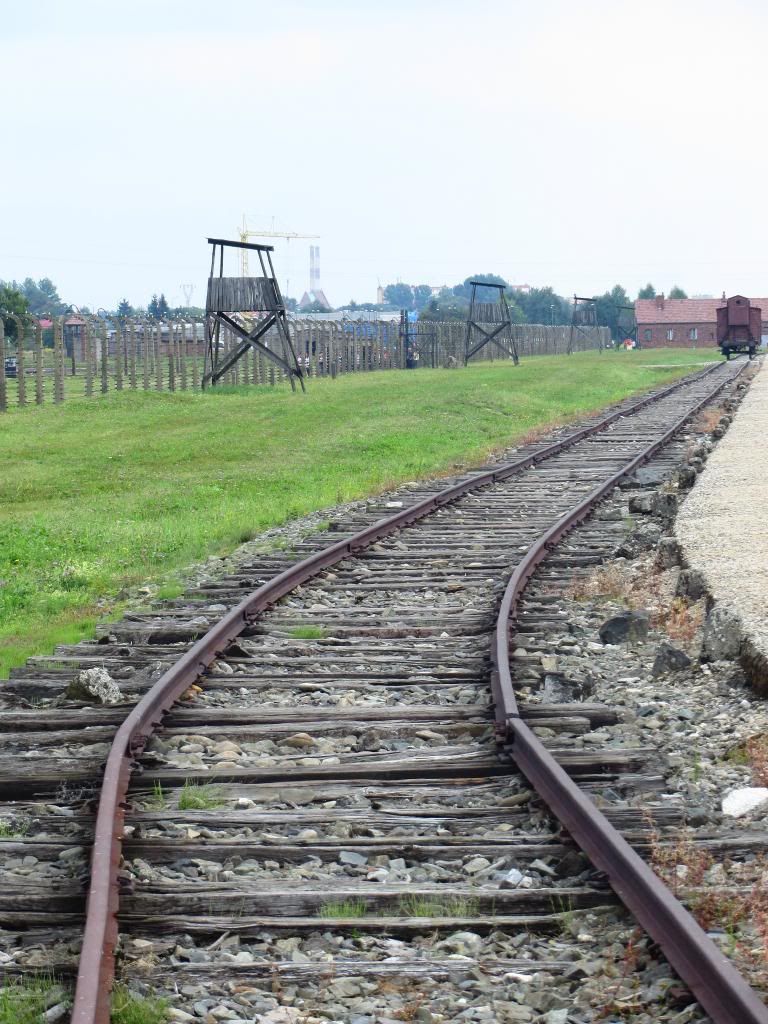
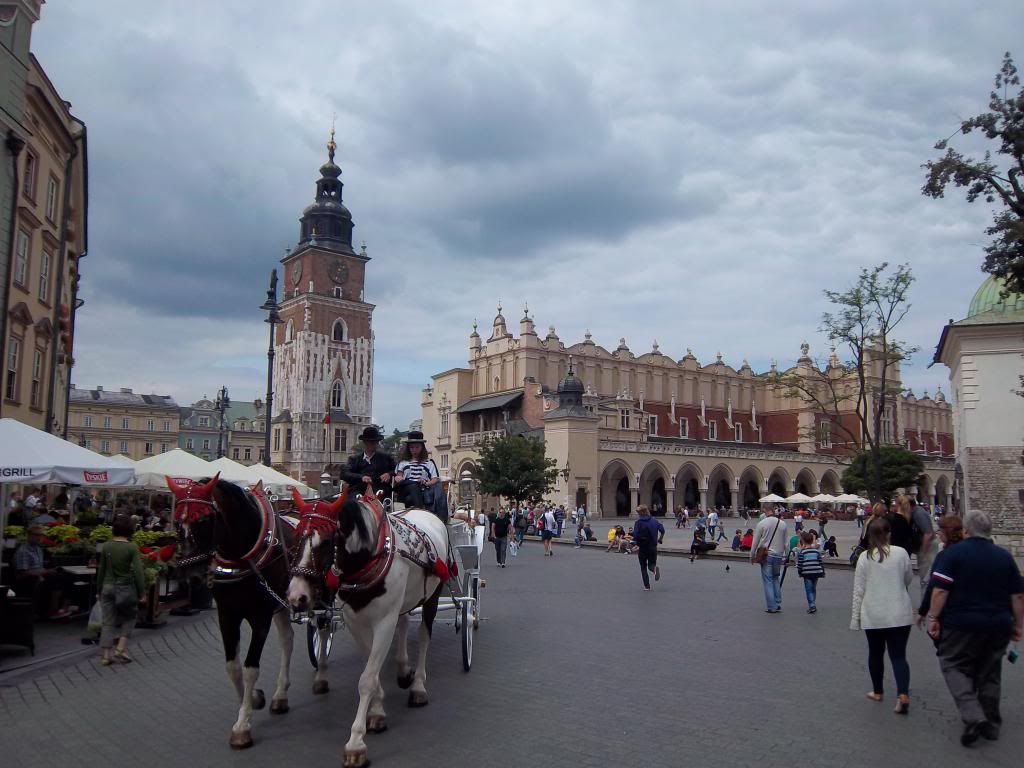
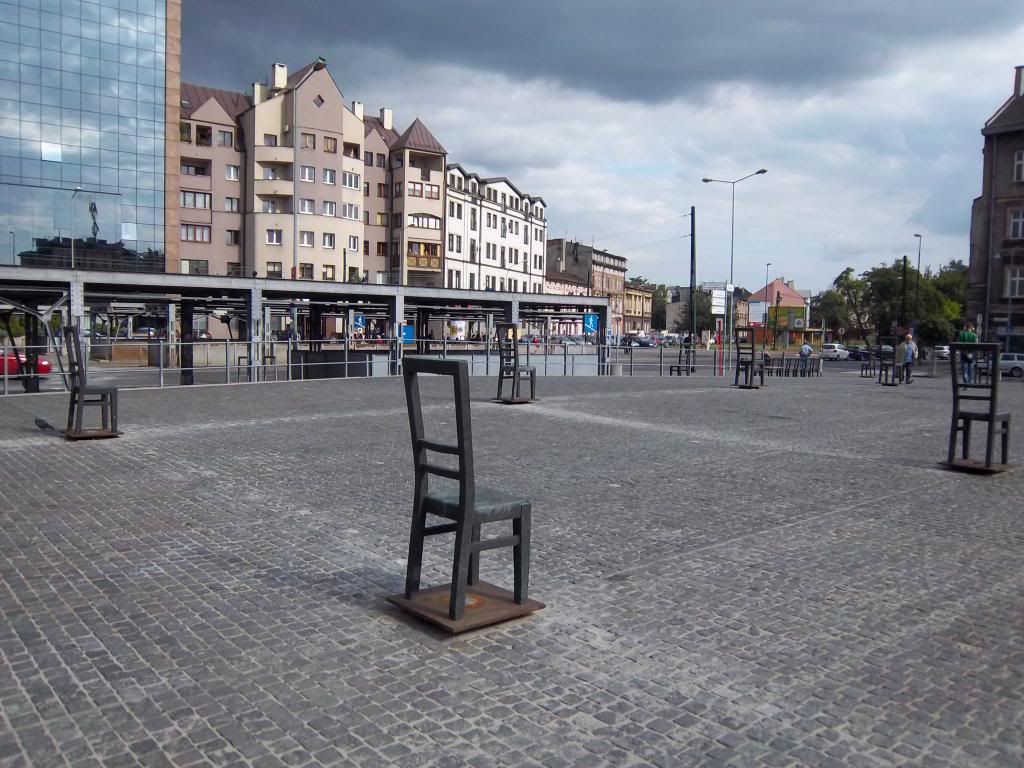
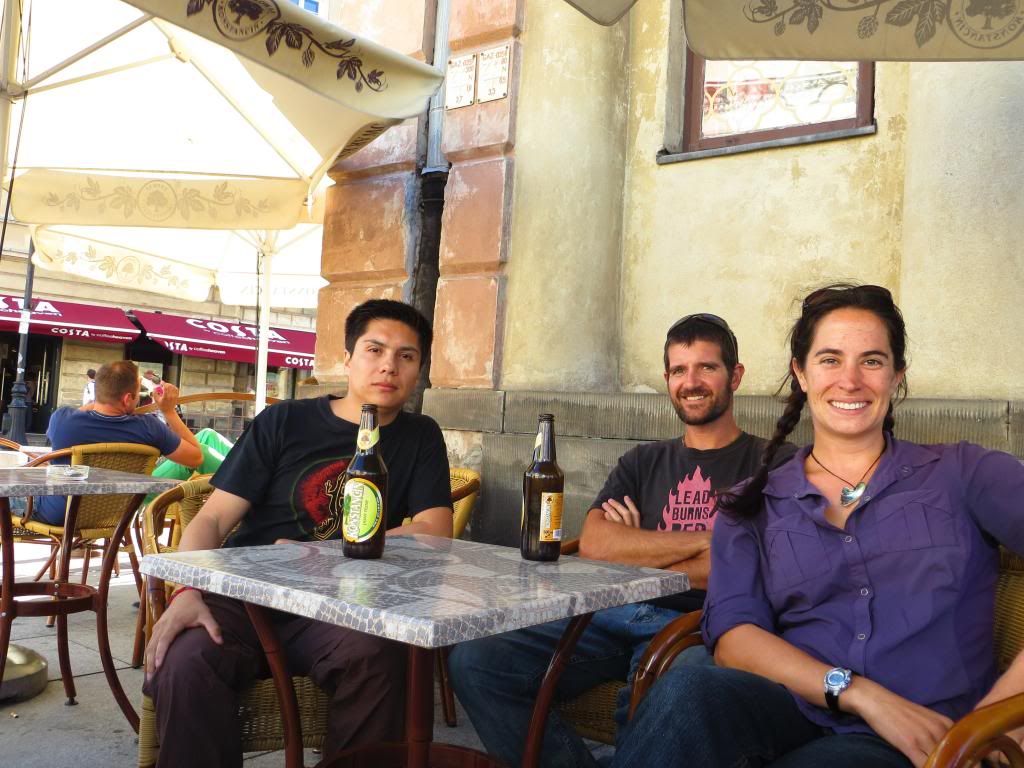

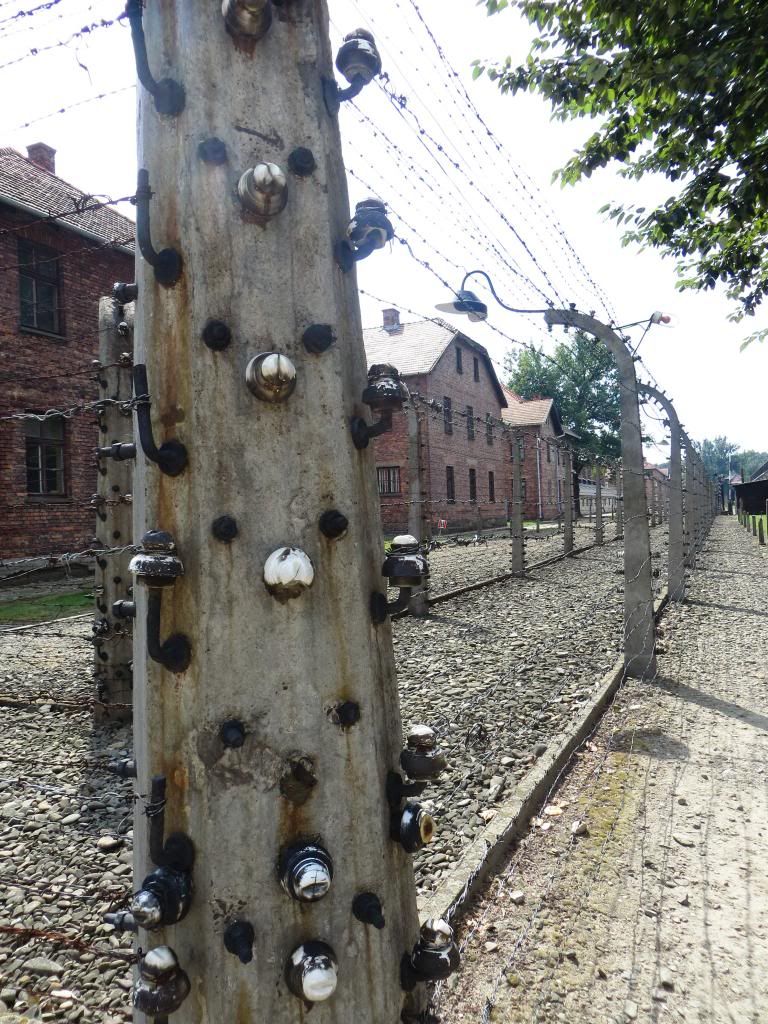

I completely agree about Krakow! We really, really liked it there, and Warsaw as well. (I have a hard time saying, "we loved it there" because it came with Auschwitz.) Many of my ancestors were Polish, and I loved being there, but there was definitely a shadow. We noticed in the room with the big stack of luggage that one of the suitcases had "Goldstein" written on it. I had to wonder...
ReplyDeleteBelieve me, we thought about you the whole time, although I didn't see that suitcase (probably better). Will have to talk more about that experience in person, love you.
ReplyDeleteGreat blog I ennjoyed reading
ReplyDelete